Asexual Reproduction-Definition, Types and Examples
Animals reproduce through both sexual reproduction and asexual reproduction. Asexual reproduction is less common in animals as compared to plants.
What is Asexual Reproduction?
Asexual reproduction is a method of reproduction in which a single parent is involved in producing a new generation.
The newly produced individuals are genetically and physically identical to their parent cells. These individuals are genetic clones of their parents produced through cloning.
What type of Organism exhibits Asexual Reproduction?
Asexual reproduction is present in both multicellular and unicellular organisms. Gamete fusion is not involved in asexual reproduction. There is no change in the number of chromosomes in these individuals.
Offspring receive the same genes as their parent cell. Sometimes there is a chance of mutation that causes the difference in their genetic makeup as compared to their parent.
Types and Examples of A-Sexual Reproduction
There are the following methods of asexual reproduction in organisms:
- Binary fission
- Budding
- Fragmentation
- Vegetative propagation
- Sporogenesis
- Regeneration
- Tissue Culture
Binary Fission:
The term fission itself says it is the division of something. The parent cell divides into two daughter cells. The division pattern may vary in different organisms.
Amoeba and euglena exhibit binary fission. It is the most simple and uncomplicated method of asexual reproduction parent cell divides into two daughter cells, and each daughter cell carries a nucleus that is genetically identical to its parent cell.
The cytoplasm also divides and leads to the generation of two daughter cells having equal size. The process repeats itself and the daughter cells grow and divide further.

Fragmentation
Fragmentation is another method of asexual reproduction which is exhibited by organisms like starfish, spirogyra, planaria, etc. The parent body divides into several fragments and each fragment develops into a new organism.
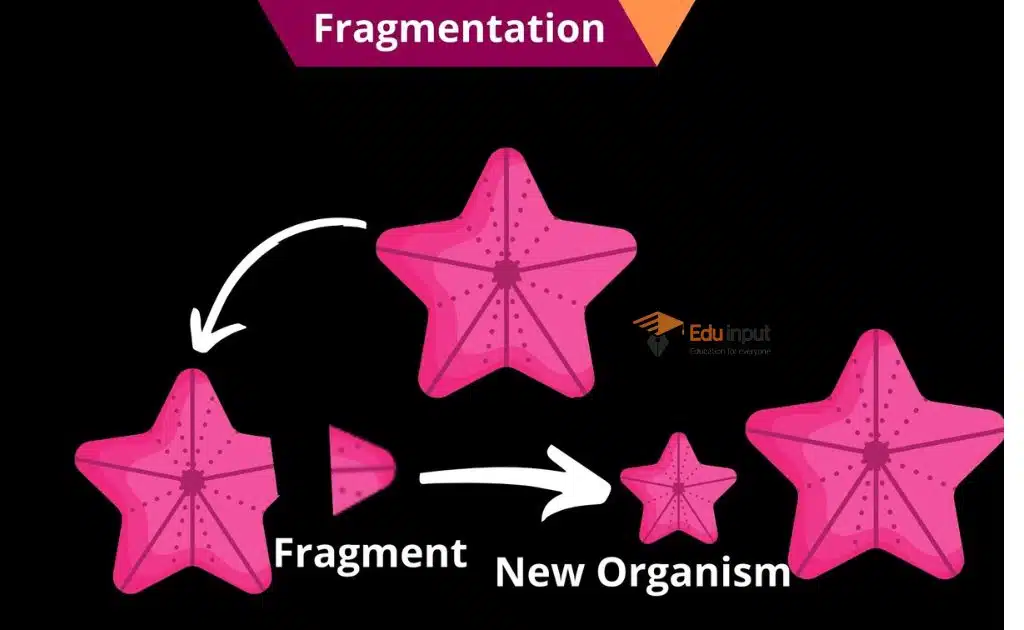
Regeneration
Regeneration is a type of asexual reproduction which involves the generation of a new organism from a lost body part.
For example, when a starfish loses its arm, a new arm grows. This is because the specialized cells present in the organism can differentiate and grow into a new individual. Organisms like hydra and planaria exhibit regeneration.
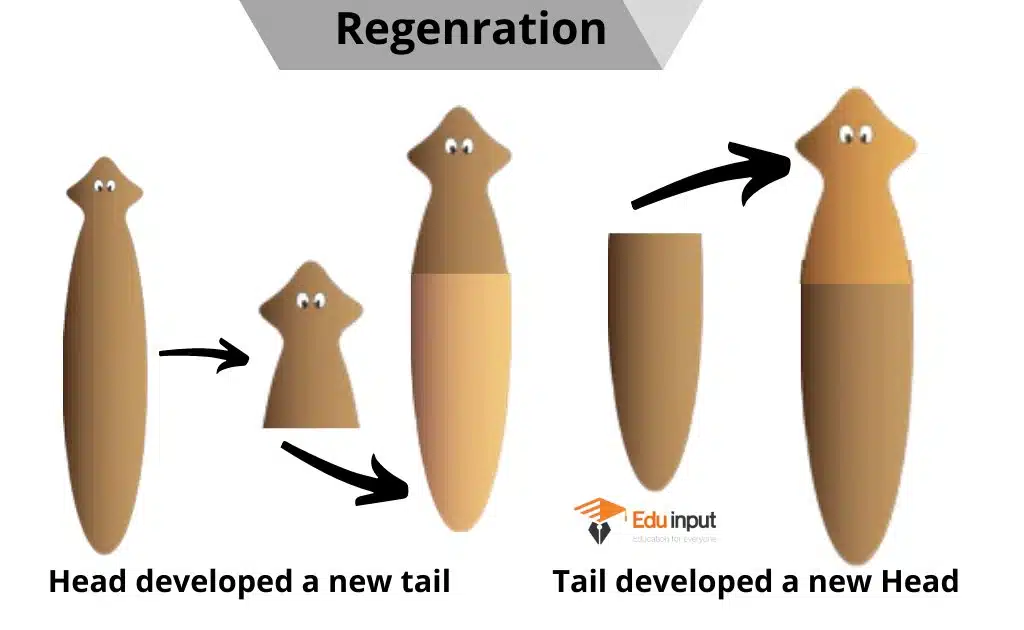
Budding
Budding is the process of asexual reproduction which involves producing an individual through the buds that develop on the body of the parent cell. Hydra is an organism that exhibits budding. The bud gets nutrition and shelter from the parent and detaches when it is fully grown.
Vegetative Propagation
Asexual reproduction in plants occurs through vegetative propagation. It occurs through their vegetative parts such as leaves, roots, stems, and buds. This is called vegetative propagation. For example, potato tubers, runners/ stolon, and onion bulbs grow into a new plants.
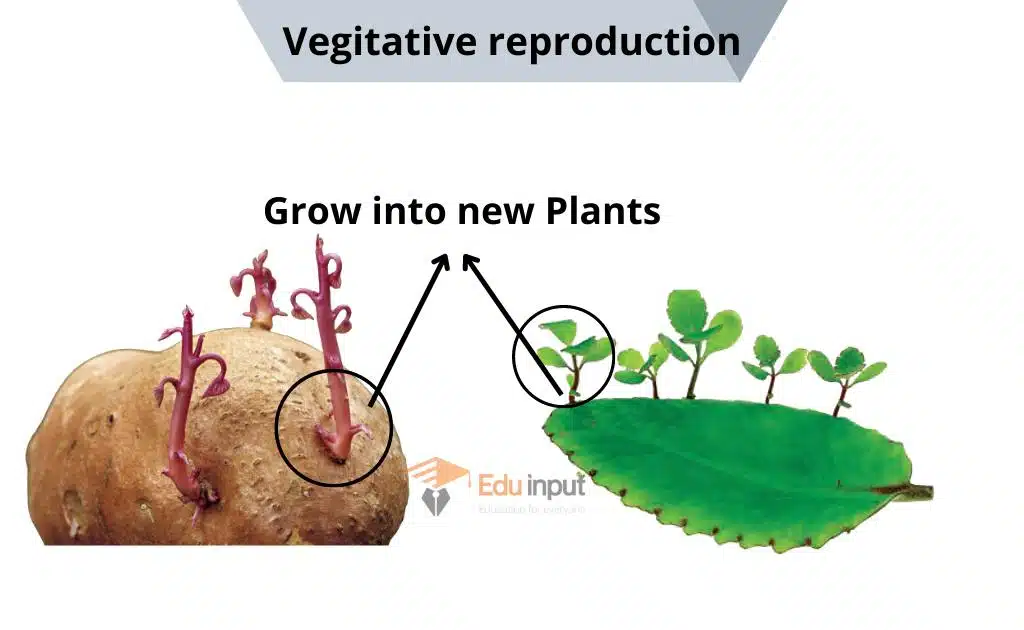
Sporogenisis
Spore formation is another method of asexual reproduction. Sometimes organisms have to bear unfavorable conditions, so during unfavorable conditions, the organism develops sac-like structures called sporangium that contain spores.
When the conditions get favorable, the sporangium bursts and releases spores, these spores germinate to develop new organisms.
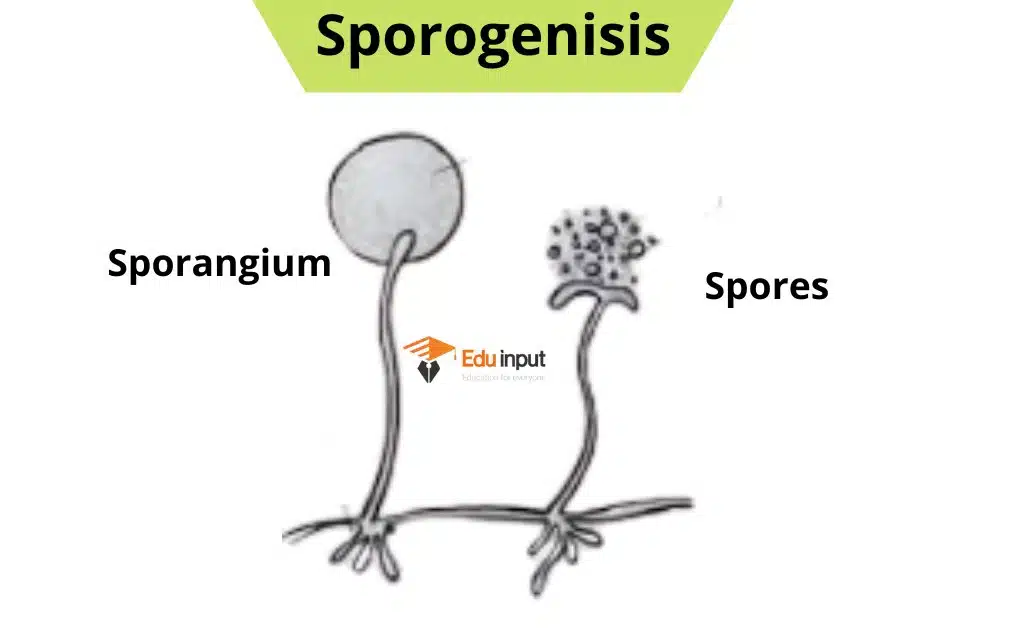
Regeneration
Regeneration is a type of asexual reproduction which involves the generation of a new organism from a lost body part. This is because the specialized cells present in the organism can differentiate and grow into a new individual. Organisms like hydra and planaria exhibit regeneration.
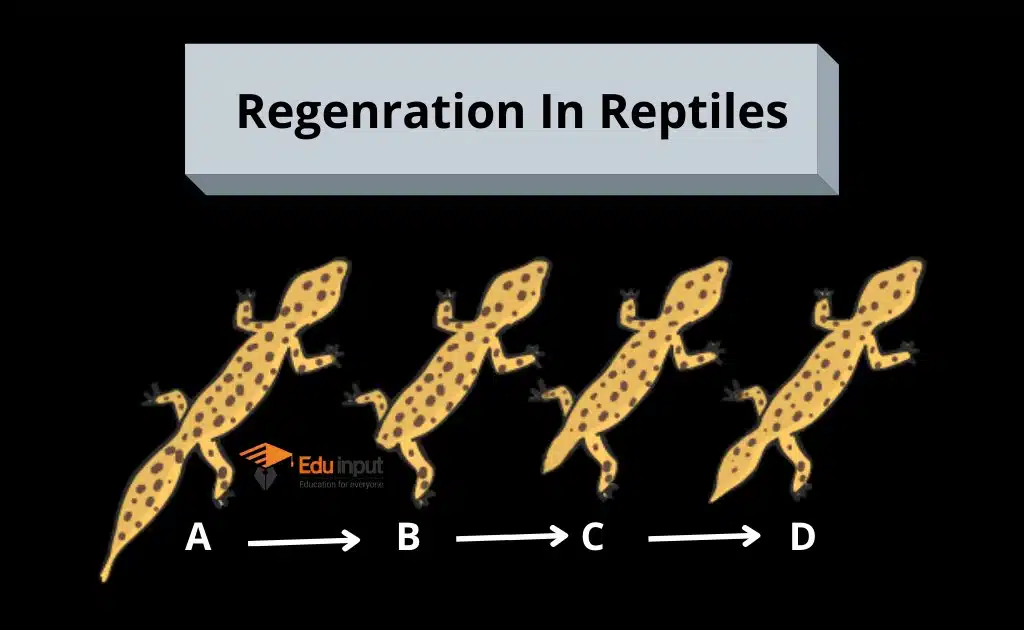
Tissue Culture
The growth of tissue in an artificial culture medium is called tissue culture.
Related FAQs
What is asexual reproduction?
Asexual reproduction is a mode of reproduction in which a single parent is involved, and the fusion of gametes doesn’t occur.
What is the difference between sexual and asexual reproduction?
Unlike asexual reproduction, two parents are involved in sexual reproduction, which produces gametes. Asexual reproduction doesn’t involve gamete formation.
What are the methods of asexual reproduction?
There are the following methods of asexual reproduction exhibited by different organisms;
Binary fission
Budding
Fragmentation
Vegetative propagation
Sporogenesis
Regeneration
Tissue Culture
What type of Organism exhibits Asexual Reproduction?
Asexual reproduction is present in both multicellular and unicellular organisms. Gamete fusion is not involved in asexual reproduction. There is no change in the number of chromosomes in these individuals.

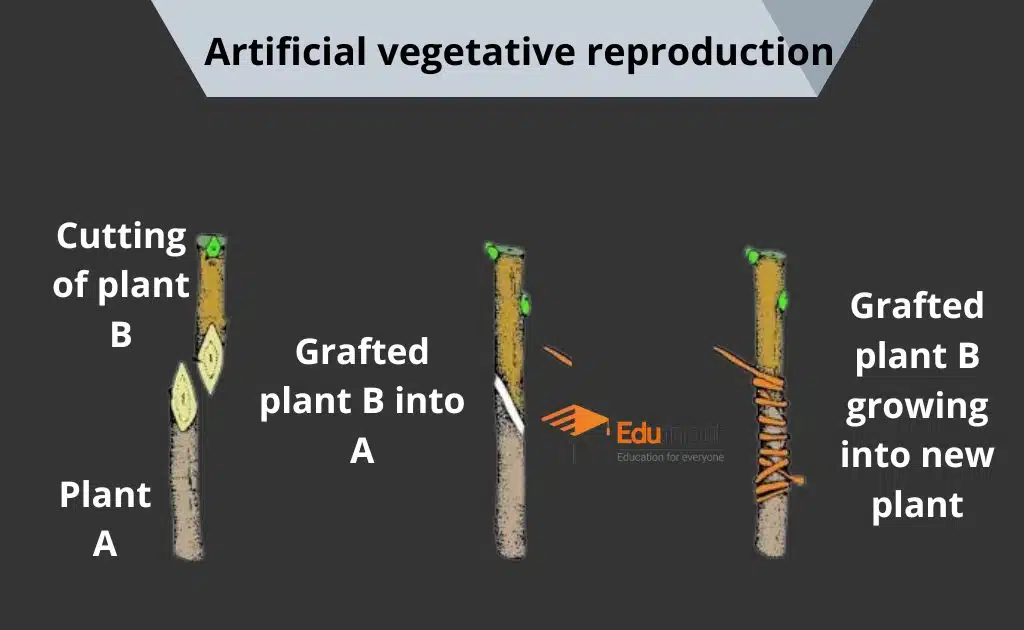




Leave a Reply